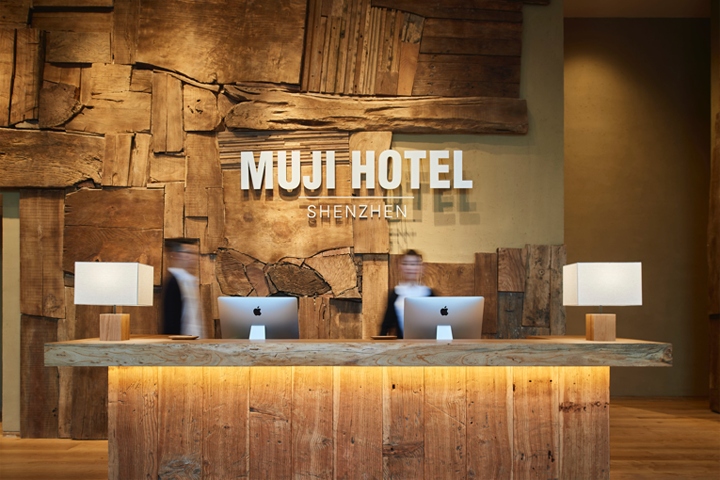

In 2005, MUJI opened its first retail store in Shanghai, China. Because of its no-brand policy, MUJI has little marketing or advertising, so its success mainly relies on the public praise and shopping experience (Eishler, 2017). The design concept of its products is simplicity, environmental, and priced, just as mentioned in its slogan that lower priced for a reason, so the products are looks simple with less color and packaging.

The products of MUJI are ranged widely, including household goods, furniture, stationary as well as luggage, storage, consumer goods and some others. In addition, MUJI won the gold product design award by the International Forum Design in German in 2005, followed in 2006. The global sales volume in 2014 was reached to 11.92 billion in 2014 (Annual Financial Report, 2017).

Except its large retail outlets in Japan, MUJI has 344 international retail outlets of 2016. In 1983, the first store of MUJI was opened, followed in 1986, MUJI had its own factory to sell products overseas, In 1991, the first international store was opened in London, UK. It was founded as a product brand of the supermarket chain in 1980 in Japan. The original name of MUJI is Mujirushi Ryohin which means no-brand quality goods its slogan is “lower priced for a reason”. The analysis and recommendations can help people have a clearer understanding of strategic management. According to the above analysis, there will have some related strategic recommendations in the final part. The Second and third part is respectively the PESTEL analysis and Porter’s Five Forces of MUJI. Firstly is the introduction of MUJI, basic background of this organization. This paper focuses on discussing the external environment of MUJI in China, a retail company which sells large amount of consumer goods and household ware. The strategic management is significant to the long-term development of the organizations.


 0 kommentar(er)
0 kommentar(er)
